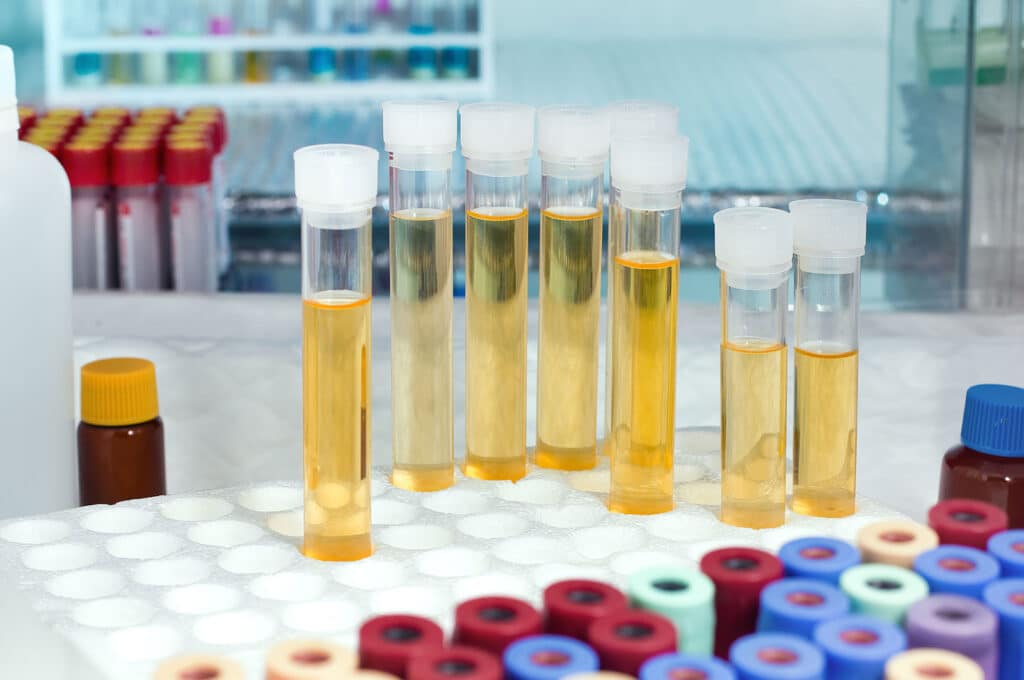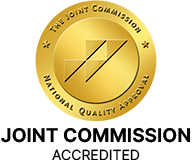It can be rather frustrating during detox if your drug tests still come out positive, but there’s no need to panic.
In fact, the presence of drugs may still be traced in your blood, urine, hair, or saliva longer than you expect. In some cases, it takes weeks or months to get rid of the drug’s effect.
Drug detection times differ depending on several factors. Read on for more about drug tests, detection times, and the factors contributing to them.
Table of Contents
What Do We Mean By Detection Times?
After alcohol or drug consumption and even total quitting for a while, you can continue to test positive for drug tests; but for how long?

That duration is called the detection time. Detection times are the periods during which a substance can still appear in test results even after quitting.
It’s crucial to learn about detection times before taking the test. That way, you won’t get depressed if your test renders a positive result even after the drug withdrawal period.
Detection Period VS. Withdrawal Period
You shouldn’t confuse detection time with withdrawal time. They’re totally different aspects of the detoxification process.
Detection times refer to the period between consumption and getting a negative result on your tests. This period doesn’t involve any special symptoms.
On the other hand, withdrawal time is the period your body takes to get rid of the drug effect. When people abuse drugs or alcohol, their body becomes dependent on the substance.
That’s why the withdrawal of this substance from the body involves some drug withdrawal symptoms that vary based on the patient’s health condition and the drug itself. In other words, both withdrawal times and detection times depend primarily on the drug and the patient.
Typically, the detection period is longer than the withdrawal period. For instance, the trace of some drugs may still appear in a hair drug test months after their withdrawal from the patient’s system.
How Do Drug Tests Work?
Substance abuse is a significant problem today since many people get addicted to prescription drugs. They don’t go for drugs to get high in the first place. Therefore, testing labs and rehab centers are now using new innovations in detecting and treating addiction.
According to the Substance Abuse and Mental Health Services Administration (SAMHSA), in 2019, an estimated 20.4 million adults aged 12 or older needed substance use treatment. However, only about 4.2 million of those individuals received any form of treatment.
This disparity highlights the need for increased awareness and access to treatment options.
That said, regular drug and alcohol testing remains the best way to detect and treat problems related to substance abuse. To get the most accurate results, testing labs usually perform two complementary drug tests. Here’s how they work:
The first is called immunoassay and involves collecting the specimen and performing a routine test for the presence of the drugs or their metabolites. If the results come out negative, the labs submit them to the patient, and the test is over.
However, if the results are inconclusive or positive, a second confirmatory test in a toxicology lab is performed. It’s called a confirmatory GC-MS analysis. This confirmatory test is crucial to render accurate results and avoid false positives.
Therefore, a patient may receive a negative test result in a day or two, while a positive test result takes more time to ensure accuracy via that confirmatory test.
Types of Drug Tests
There are several types of drug tests, such as:
Blood
Blood tests aren’t the most common because:
- They require trained help to obtain the blood sample.
- They have short detection times.
- They can be invasive.
The good thing about blood tests is that one draw of blood can help in running several tests to detect drugs of abuse in a person’s system. That makes blood tests more commonly used in hospitals and rehab centers.
Urine
Urine analysis is the most commonly used method for drug screening.
Employers and rehab centers prefer a urine drug test due to its ability to test for the presence of multiple substances, up to 10 at a time. These substances may include various drug groups such as barbiturates, opiates, fentanyl, codeine, cannabinoids, methamphetamine, methadone, ecstasy (also known as MDMA or Molly), delta-9-tetrahydrocannabinol (THC), Phencyclidine (PCP) (also known as angel dust), LSD, propoxyphene and stimulants such as methamphetamine among others.
The detection times vary according to several factors, including the drug type. However, a typical urine test can detect some drugs for up to several weeks.
Hair
Using hair follicles to test the presence of substances in a patient’s system is reliable as it detects drugs for up to several months. That’s why it’s best for detecting chronic or long-term substance abuse.
The catch is that detecting the drugs in hair follicles requires heavy use. Small doses or sporadic drug use aren’t easily traceable through hair tests.
Saliva
The saliva test, otherwise known as the oral fluids drug test, involves getting a sample from the patient’s mouth. It has a short detection window that only finds out recently used drugs.
This testing method allows labs to detect the presence of alcohol or drugs within a few hours, lasting to a few days after the last use. The best thing about an oral drug test is that it leaves very little room for tampering with the sample.
It’s important to note that not all drug tests are looking for illegal substances. Some may also be testing for prescription drugs, such as antidepressants like Prozac and Valium, for example. These drugs can also have an impact on a person’s behavior and ability to work or drive safely. Prescription medications such as Ritalin and Adderall, which are used to treat ADHD, as well as illegal drugs like methamphetamine, are also commonly tested for.
Factors Contributing To Detection Times
Detection times vary greatly depending on factors related to the specific drug, the patient, and the testing lab. Here’s how:
Factors Related to the Drug
Not all drugs are created equal. The amount of time it takes for the drug to stop being detected in a patient’s system varies according to the following criteria:
Drug Type
Different drugs feature distinct detection times. Every drug takes a specific period to travel through the patient’s system.
For instance, the typical detection time for cannabis can reach up to two weeks in the blood of chronic users. Meanwhile, cocaine has a detection window of one to two days.
Drug’s Half-Life
A drug’s half-life, also known as elimination half-life, is the time needed for the drug to lose half its concentration in the body.
This half-life determines how long the effect of the substance remains in the patient’s system. Interestingly, it differs from one substance to the other. Typically, drugs with long half-lives feature longer detection times.
Drug Interaction
Illicit drugs may react with other prescription drugs, food, or alcohol. As such, there’s no clear answer to when the drug will stop showing in drug screenings. It depends on the patient’s lifestyle, appetite, drinking habits, etc.
Since most addictive drugs have medical uses, the interaction with other medications may change the detection times. It can alter the responsiveness or sensitivity of the tissues to the drug, thus changing the longevity of its presence in the system.
Drug Potency
The potency of the substance is another determinant factor. Obviously, the stronger the drug is, the longer it appears in tests.
Moreover, many drugs come in extended-release and short-acting versions. Drug screening can detect both types, but the extended version takes longer to leave the system.
Dose
The drug dose here refers to two aspects:
- How much substance the patient takes
- How long has the patient been taking the drug
As expected, if the patient takes the drug for a long time, it’s more difficult to remove it from their system. Likewise, higher doses make the drug more easily detectable for a long time.
Route of Administration
Typically, there are several common routes of administration, including:
- Inhaling
- Injecting
- Smoking
- Snorting
- Swallowing
The method of substance intake chosen by a patient can lead to varying detection times. For example, oral ingestion of drugs results in slower distribution throughout the body, leading to higher concentrations and longer detection periods. By selecting different means of consumption, patients can significantly impact the duration for which substances can be detected in their system.
Factors Related to the Patient
It’s essential to consider patient differences when doing drug screens. Here are some determining factors related to individual patients:
Metabolism Speed
A patient’s metabolic rate affects how long drugs stay in their system. For instance, people with low metabolic rates may notice the presence of the drug in their system for extended periods.
In other words, if two people take the same amount of an illegal drug, those with high metabolic rates are less prone to get positive drug test results for a long time. That’s also why detection times for people with fatty tissues are longer, as the drugs remain in these tissues for a long time.
Gender
The physiological differences between men and women are an essential factor. Typically, women tend to have:
- Slower gastrointestinal motility
- Delayed glomerular filtration rate
- Lower enzymatic activity
- Slower renal clearance
- Higher sensitivity to opioids
These bodily differences make women more prone to keep the substance in their systems longer. As a result, the detection times in women can be longer than in men.
Age
The patient’s age can be a significant determinant of the detective times. For starters, aging causes bodily changes that affect drug absorption and clearance.
Think about it that way; the older the patient is, the longer the drug takes to get absorbed and cleared out of their system via the kidneys. In other words, aging can result in a higher detection period.
Genetic Traits
A person’s genetic makeup makes a whole world of difference. Depending on genetic traits, some people get addicted while others don’t. Similarly, it has a say in the detection times of drugs.
In addition, research shows that people’s reactions to the environment around them can be genetic. There’s even an entire field of study dedicated to the combination of genes and the environment called Epigenetics.
Factors Related to the Test Lab
Some factors contributing to the variation in detection times are due to the different types of tests or the institutions performing them.
Cut-Off Levels
Drug testing isn’t just a search for any trace of the drug within the patient’s system. It’s rather a test for the concentration of the drug above a certain level. That level is called a cut-off level. You may say that cut-off levels are the minimum levels the tests can detect.
Unfortunately, cut-off levels are inconsistent among institutions. They’re usually high enough to avoid giving a false positive. Interestingly, these levels vary by country too. For instance, cut-off levels in America can be different than those in the UK or Australia.
Type of Drug Test
Each type of test has different detection times. For instance, testing hair samples can render the longest detection times which can reach up to 90 days.
On the other hand, blood tests have the least detection times. For that matter, rapid drug tests aren’t performed on blood. They rather test the patient’s saliva or urine in order not to miss the detection window of the drugs that get broken down easily.
Typical Detection Times For Drugs
Despite all these factors contributing to the variations in detection times, there are common detection period tables. These tables are only used to give an idea of the expected detection times of each type of substance.
For instance, here are some rough detection times for some common substances of abuse in blood, saliva, hair, and urine samples:
| Substance/Test | Blood | Urine | Saliva | Hair |
| Alcohol | 10 – 12 hours | 3 – 5 days | 1 – 2 hours | Up to 90 days |
| Amphetamines | Up to 12 hours | 1 – 3 days | 5 – 48 hours | Up to 90 days |
| Benzodiazepines | 6 hours to 3 days | 4 days to 6 weeks | 12 hours to 10 days | Up to 90 days |
| Cocaine | 1 – 2 days | 3 – 4 days | 1 – 2 days | Up to 90 days |
| Oxycodone (Oxycontin) | Up to 24 hours | 1 – 4 days | Up to 48 hours | Up to 90 days |
Conclusion
Drug detection times can vary greatly depending on factors such as the type of drug, frequency of use, individual metabolism, and testing methods used. However, one thing is for certain – seeking help from a reputable alcohol and drug rehab facility can significantly improve your chances of overcoming drug addiction in New Jersey.
Drug test results are just one piece of the puzzle. While the detection of substances in an individual’s system is a vital aspect of the diagnosis and treatment process, it is not the only factor to consider. At Garden State Treatment Center, we understand the complexities of addiction and the importance of individualized treatment plans. Our team of experienced professionals will work with you to address all aspects of your addiction and develop a comprehensive treatment plan tailored to your specific needs.
If you or someone you know has been tested for drugs and needs help in New Jersey, don’t hesitate to reach out to us at Garden State Treatment Center. We are here to offer a helping hand and guide you towards long-term recovery. You don’t have to face addiction alone.
Let Garden State Treatment Center be your partner in recovery and help you break free from the chains of drug addiction. Contact us today to learn more about our treatment programs and how we can be a part of your journey toward healing and transformation.
Published on: 2023-03-28
Updated on: 2025-02-15



